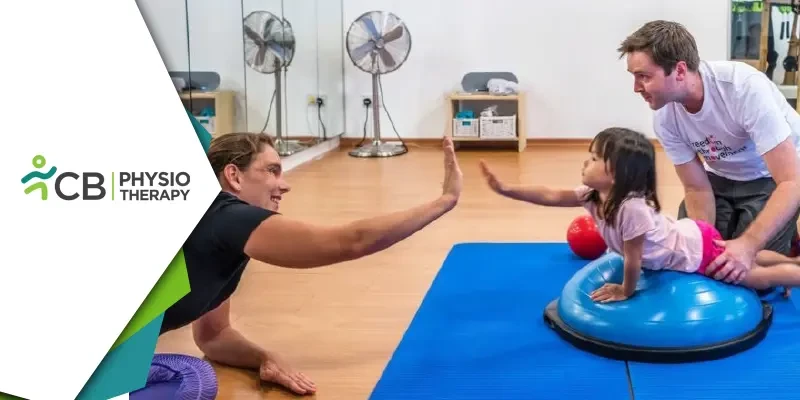Infantile hemiplegia, a form of cerebral palsy, is a neurological condition that affects muscle control on one side of the body. This condition typically manifests in early childhood, impacting an infant's ability to move and develop motor skills. While the diagnosis may be daunting for parents, advancements in medical and therapeutic interventions, particularly physiotherapy, offer hope and promise for improved outcomes in the management of infantile hemiplegia.
Understanding Infantile Hemiplegia
Infantile hemiplegia results from damage to the developing brain, often occurring before, during, or shortly after birth. This damage can disrupt the communication between the brain and muscles, leading to challenges in controlling movement on one side of the body. Common signs of infantile hemiplegia include muscle stiffness, weakness, and coordination difficulties, which can affect a child's ability to crawl, walk, and perform everyday activities.The Role of Physiotherapy
Physiotherapy plays a pivotal role in the comprehensive management of infantile hemiplegia. The primary goals of physiotherapy in this context are to enhance motor function, improve muscle strength and flexibility, and promote overall physical development. Here are some key aspects of the role of physiotherapy in addressing infantile hemiplegia:1: Early Intervention is Key:
Early diagnosis and intervention are crucial in optimizing outcomes for infants with hemiplegia. Physiotherapists work closely with healthcare teams to identify developmental delays and implement targeted interventions as early as possible.
2: Customized Treatment Plans:
Physiotherapists tailor treatment plans to the unique needs and abilities of each child. These plans may include a combination of exercises, stretches, and activities designed to improve strength, coordination, and range of motion on the affected side.
3: Neurodevelopmental Techniques:
Physiotherapists often employ neurodevelopmental techniques that focus on facilitating normal movement patterns. These techniques aim to retrain the brain and promote more efficient communication between the affected muscles and the central nervous system.
4: Functional Activities:
The emphasis of physiotherapy extends beyond isolated exercises to encompass functional activities that are meaningful to the child. This may involve practicing tasks such as reaching, grasping, and standing, promoting the integration of motor skills into daily life.
5: Family-Centered Approach:
Physiotherapy for infantile hemiplegia is a collaborative effort involving not only the child but also their family. Physiotherapists educate parents on strategies to support their child's development at home, fostering a continuous and holistic approach to care.
6: Adaptive Equipment and Technology:
Physiotherapists may recommend the use of adaptive equipment and assistive technology to enhance a child's independence and participation in activities. This could include braces, orthotics, or devices designed to support mobility and function.
While the journey of managing infantile hemiplegia may pose challenges, the role of physiotherapy shines as a beacon of hope for families. Early intervention, personalized treatment plans, and a family-centered approach contribute to the overall well-being and development of children affected by this condition. As research and therapeutic techniques continue to advance, the outlook for infants with hemiplegia becomes increasingly promising, highlighting the profound impact that physiotherapy can have on their lives.

